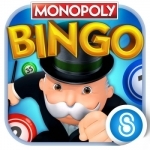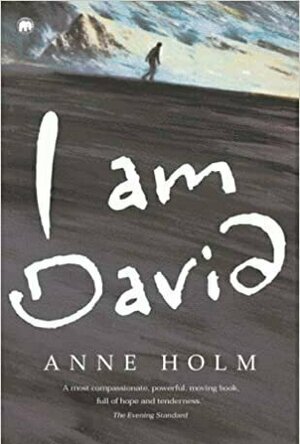
Kidslox - Parental Control App
Lifestyle and Utilities
App
Kidslox parental control app is the perfect way to manage your family’s screen time. Our parental...

Good Sleep!
Health & Fitness
App
■ 'Good Sleep!' is recommended by top U.S.-licensed doctors on HealthTap. 'Good Sleep' was...

Dream Talk Recorder Pro
Utilities and Entertainment
App
Over 3 million people use Dream Talk Recorder to record their sleep talks and snores at night! Do...

WebProtectMe Safe Browser with Parental Control
Productivity and Utilities
App
WebProtectMe Safe Browser(tm) is the best parental controls and security browser, providing your...

Life Period Tracker, Health, Calendar, Ovulation
Health & Fitness and Lifestyle
App
Life Period Tracker lets you track your period, predict your ovulation, schedule cycle reminders,...

MONOPOLY Bingo!
Games and Entertainment
App
Play MONOPOLY Bingo games FREE with the award-winning mobile bingo app! Combine classic MONOPOLY...
Ivana A. | Diary of Difference (1171 KP) rated I Am David in Books
Aug 3, 2020
<a href="https://diaryofdifference.com/">Blog</a>; | <a href="https://www.facebook.com/diaryofdifference/">Facebook</a>; | <a href="https://twitter.com/DiaryDifference">Twitter</a>; | <a href="https://www.instagram.com/diaryofdifference/">Instagram</a>; | <a href="https://www.pinterest.co.uk/diaryofdifference/pins/">Pinterest</a>;
<img src="https://diaryofdifference.com/wp-content/uploads/2020/05/Book-Review-Banner-49.png"/>;
<b><i>"You can't change others, but you can do something about a fault in yourself."</i></b>
I Am David by Anne Holm is a very interesting and emotionally powerful story about a young boy. David was born and raised in a prison when one day, he is given a backpack and a few instructions to escape and find his way to Denmark.
During this time, we follow David's adventure and his thoughts. He is programmed to not trust anyone and to escape as soon as he smells any danger coming his way. Throughout his journey, we can see that David goes through a lot of hardship and he meets many people, even though he fails to connect with them or entrust them with anything. Good people are somehow always there to help him, and I have to be honest and mention that I found this to be incredibly convenient to the story and in no way believable.
Besides this fact, we get to see David be his true self at all times, which is something I enjoyed about this book. There are instances where he has to make choices that require him to pretend and be something he is not, and he chooses to stay true to himself. Some times, these choices mean he has to give up the comforts of his new-found life, a bed to sleep in and food that is always on the table.
<b><i>"And if you never allow other people to influence what you're really like, then you've something no one can take from you - not even they."</i></b>
David's adventure will teach him many things.
Some of these traits he already knew of by seeing them in others, but now he will learn to possess them himself. Honesty, bravery, kindness. But there is one thing David never knew before: true happiness.
<b><i>"Joy passed, but happiness never completely disappeared: a touch of it remain to remind one it had been there."</i></b>
Even though I loved this book for all the right reasons, I couldn't help but notice the red flags. The parents in this book seemed to believe David's ridiculous story about the circus. They also invited him into his home without any doubts. And the most important part - David was a manipulator. Getting close to the little girl, as well as he showed open hatred towards one of the boys. And the parents were aware of all this, and still didn't seem that concerned. I understand where David came from - the way he behaved was all he's ever known. What I cannot understand was how the parents were portrayed in the book.
The ending seemed quite fast paced, even rushed. The outcome was predictable. I still manage to find the whole story unbelievable though. I recommend it to children, for the lesson of being yourself. However, I don't think that as an adult you would enjoy it.

This War of Mine
Games
App
"If you've not already played this brilliant, heart-wrenching game, then mobile is as good a place...

Little Panda: Habits & Manners
Education and Games
App
For more videos, subscribe to BabyBus on YouTube! ►►https://goo.gl/llI2fX Keeping good...

Hit it Rich! Casino Slots
Games and Entertainment
App
Hit it Rich! Slots is the biggest collection of slot machine games based off of some of your...
